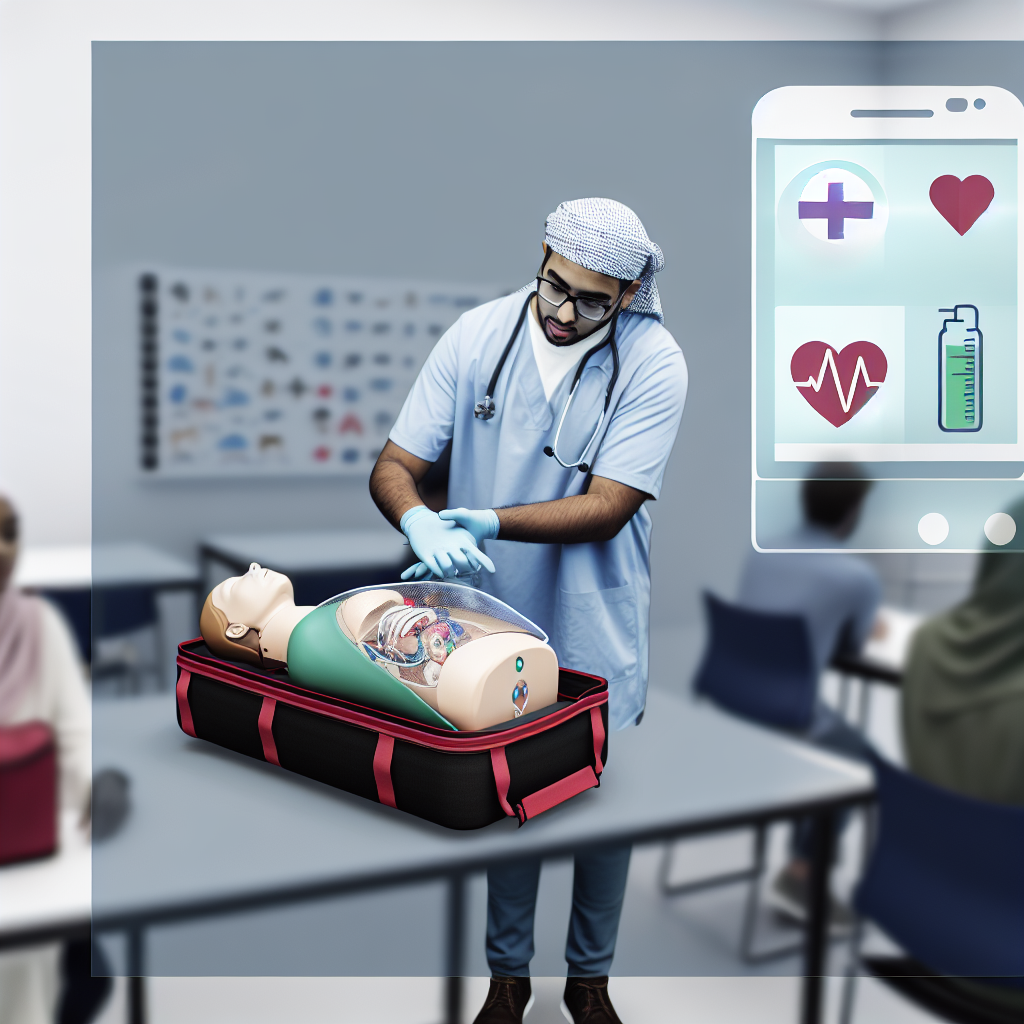Advancements in Pet First Aid and CPR Training: What Every Pet Owner Should Know
As our appreciation and love for pets continue to grow, so does the responsibility of keeping them safe and healthy. Recent advancements in pet first aid and CPR techniques are empowering pet owners with the knowledge and skills to act swiftly in emergencies. In this post, we’ll explore key developments in this crucial area of pet care, ensuring you’re equipped to handle any situation involving your furry friend.
1. Veterinary Expertise at the Forefront
Today, veterinary professionals play a pivotal role in developing first aid courses that cater specifically to the unique anatomical and physiological needs of different breeds. For instance, knowing how to perform CPR on brachycephalic breeds like bulldogs can drastically improve the chances of survival in an emergency. By offering personalized training and breed-specific guidance, veterinarians ensure pet owners can respond effectively when it matters most.
2. The Rise of Online Learning Platforms
In a fast-paced world, flexibility is key. Online certification courses are now readily available, allowing pet owners to learn about vital signs, emergencies, and preventative care from the comfort of their homes. Platforms like the American Red Cross provide comprehensive materials that cover essential first aid techniques, ensuring knowledge is both accessible and convenient.
3. The Implementation of High-Fidelity Mannequins
To improve the effectiveness of training, high-fidelity mannequins that replicate pet anatomy are becoming a primary tool in pet first aid courses. These realistic training tools enhance skills in performing chest compressions and simulate real-life scenarios, enabling pet owners to practice and master crucial techniques before facing a true emergency.
4. RECOVER 2024 Guidelines: A Major Shift
The RECOVER initiative has rolled out updated guidelines aimed at aligning pet CPR techniques more closely with human medical standards. The 2024 update emphasizes optimized chest compression rates, accurate medication dosages, and comprehensive support for non-intubated animals. Such advancements help to standardize practices across veterinary medicine and improve outcomes in critical situations.
5. Community-Based Programs for Shared Learning
Many communities are stepping up to offer workshops and group training sessions, where local veterinary professionals share their expertise. These programs encourage pet owners to come together, learn, and establish a network of support, ultimately increasing overall preparedness in emergency situations.
6. Research-Driven Techniques and Public Awareness
Continuing education in pet first aid is driven by ongoing research that informs adjustments to compression depth, rates, and emergency response strategies. Additionally, awareness campaigns utilize social media and applications, like the Red Cross Pet First Aid app, to raise the profile of emergency care resources and make them more accessible to pet owners everywhere.
Conclusion: Equip Yourself with Knowledge
These innovative advancements in pet first aid and CPR training are not just improvements; they represent a significant leap toward better outcomes in pet emergencies. By equipping yourself with the latest knowledge and skills, you are taking an essential step toward safeguarding your pet’s life. How informed do you feel about pet first aid? Have you considered taking a first aid course for your furry friend? Share your thoughts and experiences in the comments below!
- Interested in learning more about pet care? Don’t forget to share this post with fellow pet owners or on social media!
- Have additional questions or topics you’d like to discuss? Let us know!
Tags: #PetFirstAid #CPRTraining #PetCare #VeterinaryHealth #EmergencyPreparedness


Leave a Reply